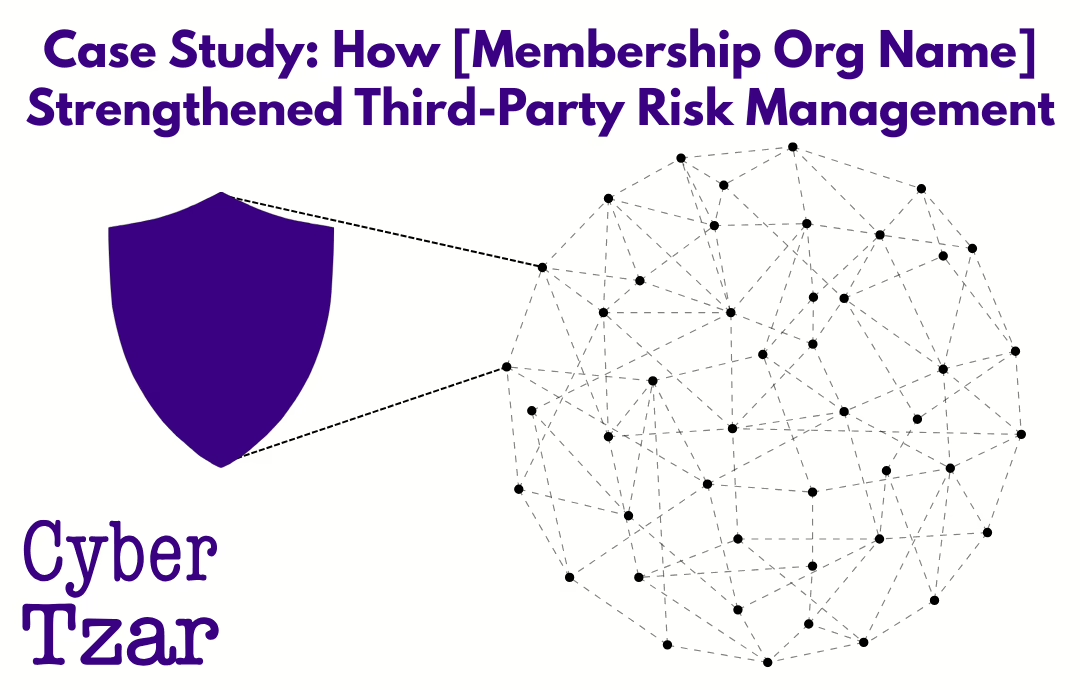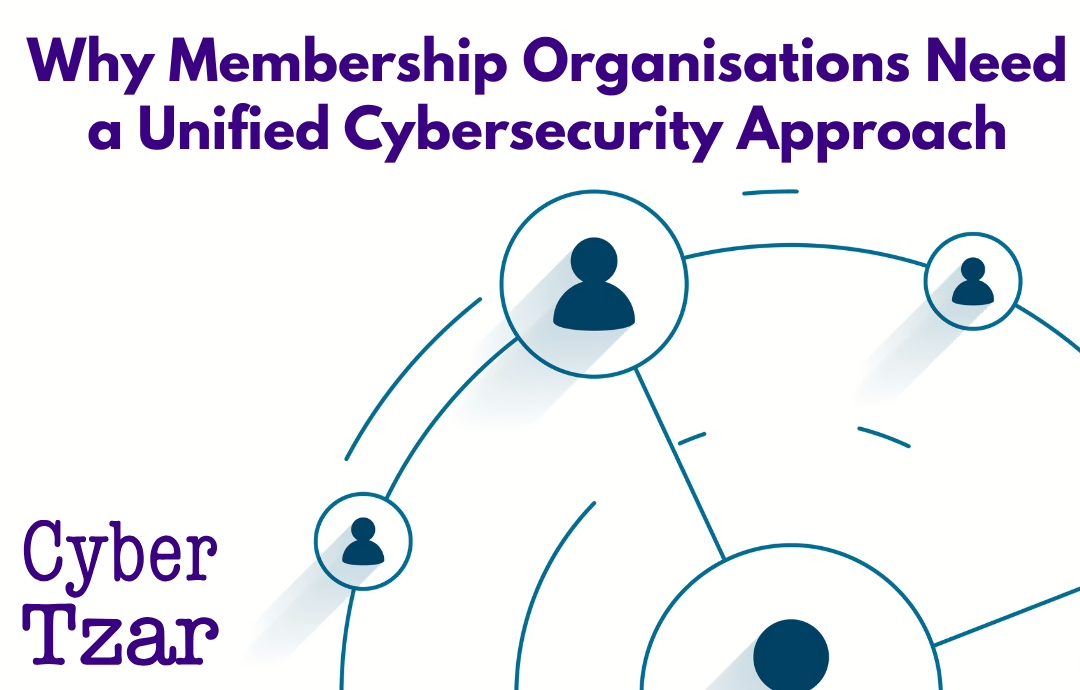Introduction: Cyber Insurance is Now a Business Necessity
For small and medium-sized enterprises (SMEs), cyber insurance is no longer optional—it’s a critical part of business risk management. With ransomware attacks, phishing scams, and data breaches on the rise, cyber insurance helps SMEs cover the financial impact of a cyber incident.
However, many SMEs struggle with high cyber insurance premiums or find it difficult to get coverage at all. Why? Insurers assess risk based on how well a business protects itself against cyber threats—and SMEs often lack dedicated cybersecurity teams, robust security policies, or compliance frameworks, making them high-risk customers in the eyes of insurers.
📌 Ransomware payments and cyberattack-related costs have increased by over 300% in the past five years.
📌 90% of UK SMEs have suffered at least one cyber incident, yet many lack cyber insurance.
📌 Cyber insurance premiums rose by 50-100% in 2023 due to increasing claims and risks.
🔹 The challenge? Many SMEs are paying too much—or being denied coverage—because they don’t meet insurers’ security expectations.
🔹 The solution? Implementing key cybersecurity measures can reduce premiums and improve insurability.
This guide explains how SMEs can lower cyber insurance costs while strengthening their security posture.
1️⃣ How Cyber Insurers Calculate Your Premium
Cyber insurance premiums are based on how much risk your business presents. Insurers assess:
✔ Industry & Business Size – High-risk sectors (finance, healthcare) pay more.
✔ Annual Revenue – Bigger businesses face bigger financial risks.
✔ Security Controls – Do you have strong cyber defences in place?
✔ Claims History – Previous incidents can increase premiums.
✔ Third-Party Risks – If you rely on vendors with weak security, your premium may rise.
📌 The better your security, the lower your premium. Let’s look at what SMEs can do to reduce cyber insurance costs.
2️⃣ Key Ways SMEs Can Reduce Cyber Insurance Premiums
✅ 1. Implement Multi-Factor Authentication (MFA) Everywhere
📌 Why it matters:
MFA prevents 99% of password-based cyberattacks, making it one of the most effective (and cheapest) ways to reduce risk.
📌 How it lowers premiums:
Insurers offer discounts for businesses that enforce MFA on all systems, emails, and cloud platforms.
💡 Best Practice:
- Enable MFA for email, remote access, cloud accounts, and financial transactions.
- Avoid SMS-based MFA—use app-based authentication (Microsoft Authenticator, Google Authenticator).
✅ 2. Encrypt & Backup Critical Data
📌 Why it matters:
Many SMEs don’t encrypt sensitive data or maintain offline backups, making them vulnerable to data breaches and ransomware attacks.
📌 How it lowers premiums:
- Data encryption reduces breach impact, making it cheaper for insurers to cover you.
- Backups reduce ransomware damage, as businesses can recover data without paying ransoms.
💡 Best Practice:
- Use full-disk encryption on all devices.
- Keep regular offline backups and test recovery procedures.
✅ 3. Improve Endpoint Security (Antivirus, EDR, Patching)
📌 Why it matters:
If an SME doesn’t update software or protect devices, attackers exploit vulnerabilities to install malware or steal data.
📌 How it lowers premiums:
Insurers expect businesses to have basic cyber hygiene, such as:
- Antivirus & endpoint detection and response (EDR) solutions.
- Regular patching of software and operating systems.
- Firewalls & secure remote access tools.
💡 Best Practice:
- Use automated patch management to ensure updates are applied.
- Deploy Next-Gen Antivirus (NGAV) or EDR solutions for better threat detection.
✅ 4. Conduct Regular Cybersecurity Training for Employees
📌 Why it matters:
90% of breaches involve human error, such as clicking on phishing emails or using weak passwords.
📌 How it lowers premiums:
Insurers reward SMEs that train employees to spot phishing scams, social engineering attacks, and insider threats.
💡 Best Practice:
- Run quarterly phishing simulations to test staff awareness.
- Educate employees about ransomware, CEO fraud, and password security.
✅ 5. Secure Email & Prevent Business Email Compromise (BEC)
📌 Why it matters:
Email is the #1 attack vector for cybercriminals. Weak email security exposes SMEs to phishing, fraud, and malware attacks.
📌 How it lowers premiums:
Insurers prefer businesses with email security controls such as:
✔ Email filtering & anti-phishing tools (e.g., Microsoft Defender, Mimecast, Proofpoint).
✔ DMARC, DKIM, SPF records to prevent email spoofing.
✔ Strict financial transaction verification policies.
💡 Best Practice:
- Implement DMARC to prevent impersonation attacks.
- Enforce financial transaction verification via phone calls, not just email.
✅ 6. Have a Cyber Incident Response Plan in Place
📌 Why it matters:
When a cyberattack happens, businesses need a clear plan to respond quickly—or risk higher costs and longer downtimes.
📌 How it lowers premiums:
SMEs that have a formal incident response plan (IRP) and conduct drills get better insurance terms and discounts.
💡 Best Practice:
- Create a step-by-step incident response guide.
- Assign incident response roles and test breach scenarios annually.
✅ 7. Choose the Right Level of Cyber Insurance Coverage
📌 Why it matters:
Many SMEs overpay for coverage they don’t need or underinsure themselves, leading to unexpected financial losses.
📌 How it lowers premiums:
✔ Assess cyber risks based on industry, data sensitivity, and attack exposure.
✔ Compare multiple cyber insurers to find the best-fit policy.
✔ Work with brokers to tailor coverage (don’t just accept the default package).
💡 Best Practice:
- Avoid “one-size-fits-all” cyber policies—ensure your coverage matches your business needs.
- Look for policies that cover business interruption, regulatory fines, and legal defence.
3️⃣ Final Thoughts: Cyber Insurance Rewards SMEs That Invest in Security
💡 Cyber insurance costs are rising—but SMEs can significantly lower premiums by improving cybersecurity.
To reduce cyber insurance costs, SMEs should:
✔ Implement MFA and endpoint security solutions.
✔ Encrypt sensitive data and maintain offline backups.
✔ Train employees on cybersecurity risks like phishing and social engineering.
✔ Use strong email security controls and financial fraud prevention measures.
✔ Have a well-documented incident response plan.
🚨 A proactive cybersecurity approach not only lowers insurance costs—it also reduces business risk, protects customer data, and improves investor confidence.
📢 What’s Next?
💡 Next in the series: “Bridging the Cyber Insurance Gap: Challenges & Solutions”
Would you like a Cyber Insurance Readiness Checklist for SMEs? Get in touch today. 🚀



